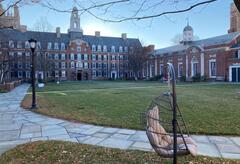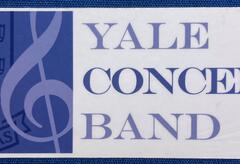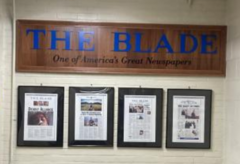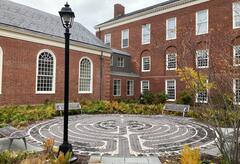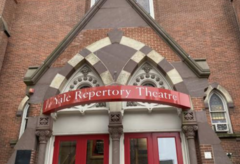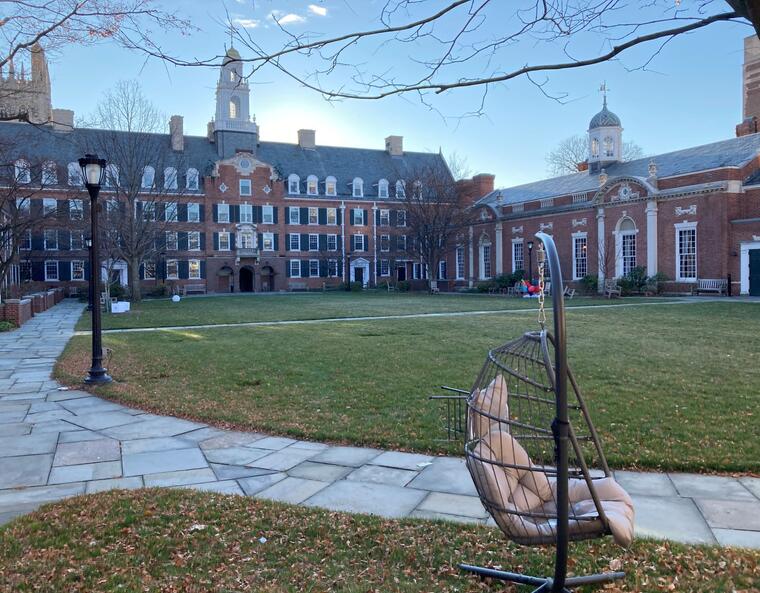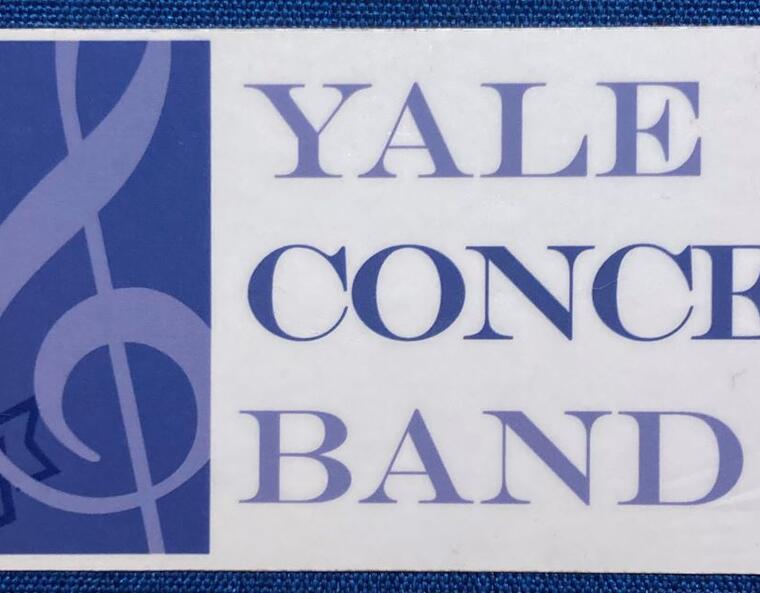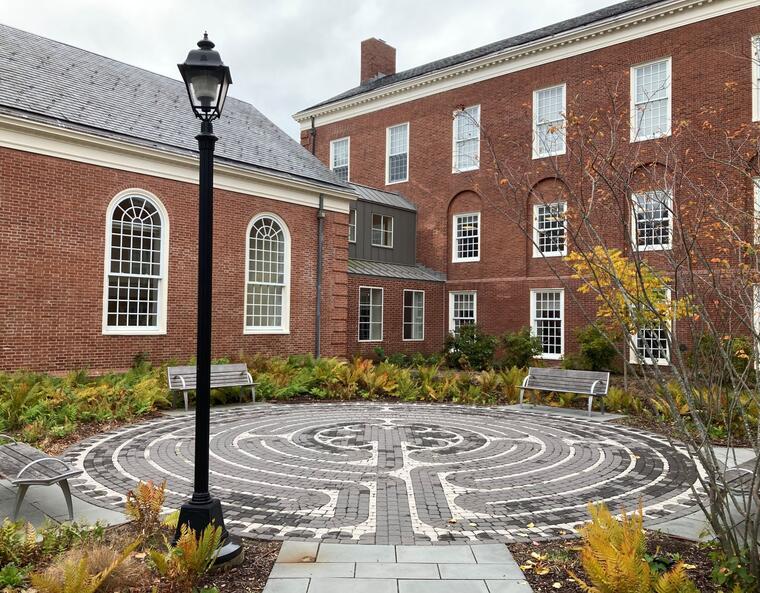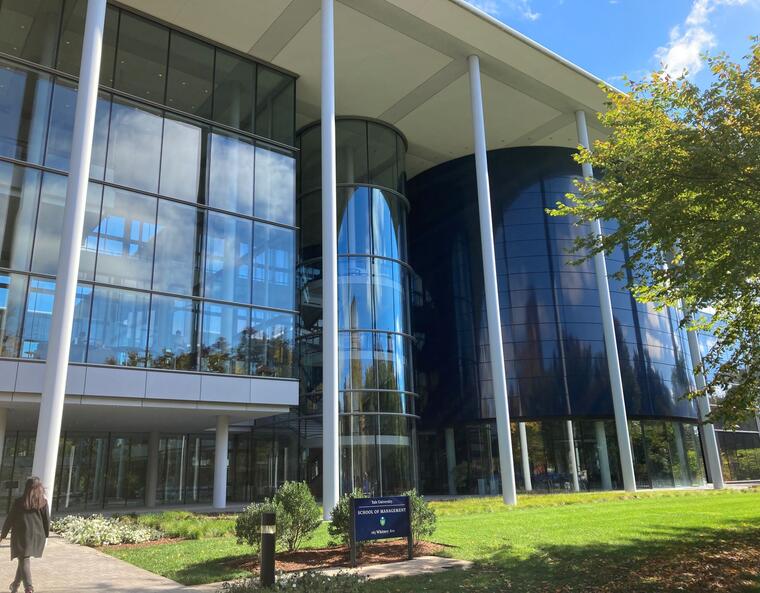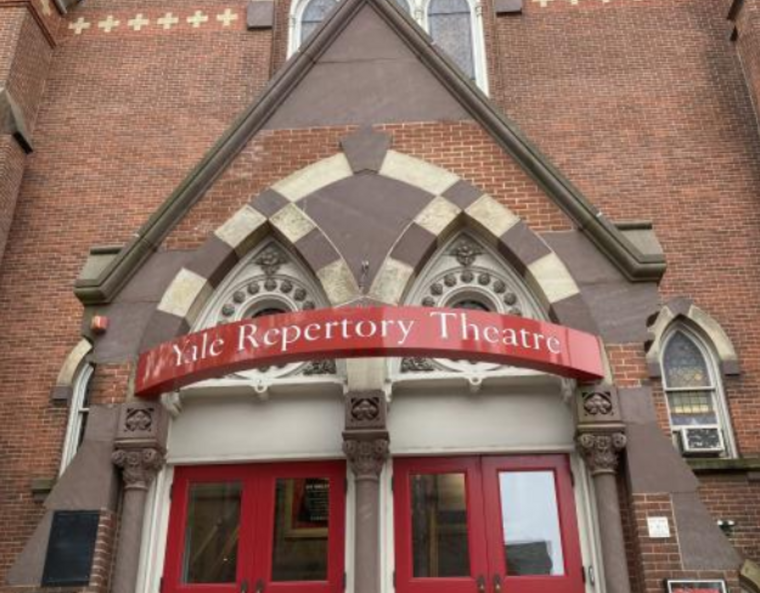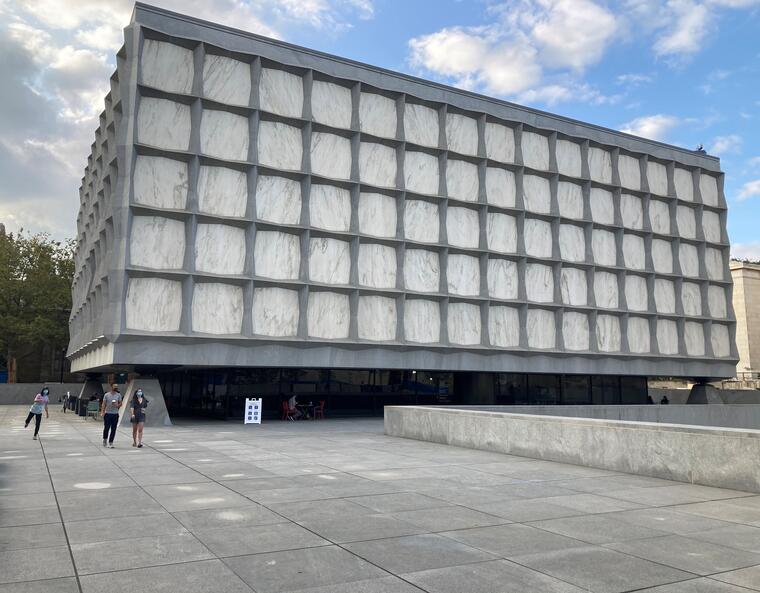
We all gathered around the one-of-a-kind manuscript written sometime around 1510 by Gregorious Bock. It seemed to be a mixture between a marketing text, showing off the Medieval calligrapher’s work, and a “Calligrapher for Dummies” instructional manual. I’ve never written anything even half as fancy as the letters found in the text, let alone with a goose-quill pen. My classmates and I were quiet, reverent of the object before us.
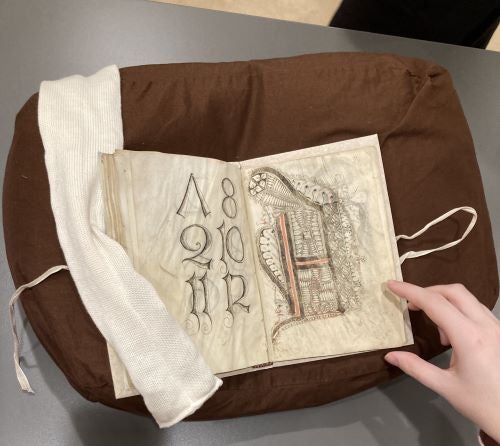
The Boch book. It rests on a Beinecke pillow and its pages are held down gently by a sock weight in order to protect it.
And then, one by one, we all touched it. We traced the gold leaf inlays that had survived intact for 500 years. We flipped page after page. We felt the grain of vellum that had been poorly processed, but used despite its imperfections because parchment – unlike modern paper – used to be expensive.
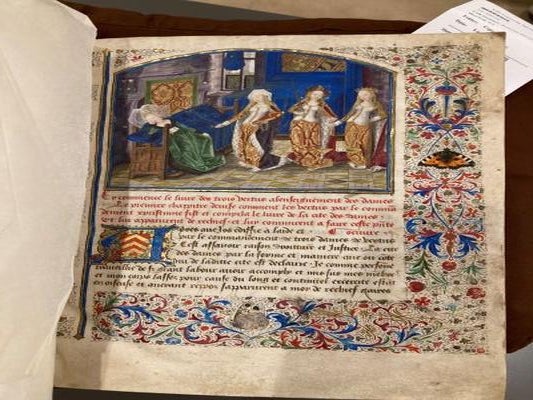
Christine de Pizan, a proto-feminist author, is visited by (if I recall correctly) the three fates in this highly decorated and impeccably preserved scene.
If you’re worried, don’t be. That’s just how a visit to the Beinecke, Yale’s rare books library, tends to go. We had more than one of these class sessions throughout “Laboring Through the Middle Ages,” an English course I took on Medieval structures of work (which are curiously similar to our own) this semester. And Gregorious Bock’s book was just one of the objects we took a look at during that class session. Other highlights included an old writing tablet, which people would have covered with wax and then used a stylus to scrape notes into, and a sheet of ornately decorated music that had been repurposed into a book binding at one point.

Medieval sheet music! We spent a long time trying to guess what the tempo, key signature, and orchestration might have been.
There are more curious treasures still. I’ve heard, though haven’t confirmed, that we have a taxidermied emu collection floating around. Yale has the largest collection of cuneiform tablets in the United States, too – and many of them have hardly been looked at by researchers. As a Mesopotamia nut, I keep meaning to take a look at some of these clay tablets (and take Yale’s annually-offered Elementary Akkadian course). I’ve also recently learned that they have a Georgia O’Keeffe archive. She’s probably my favorite painter, because of the vivid colors she uses and the beautiful strangeness of her animal skull paintings, so I added this to my “must-see” list too. In class, I’ve read works by Zora Neale Hurston that sparked a real love for her work, and looked at some of her papers in Yale’s collection during special class sessions. And the famous Gutenberg Bible is always on display (although not available to touch).
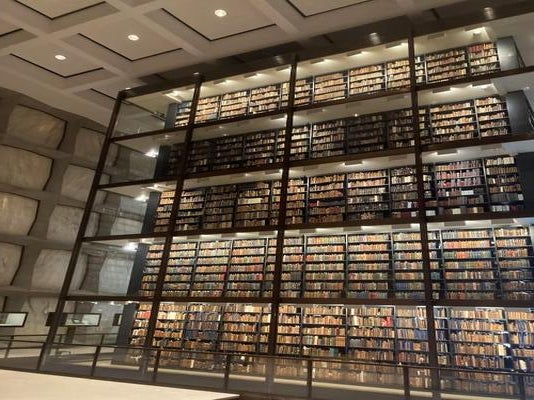
A peek at the Beinecke’s stacks upon stacks of rare books and objects.
Mostly, the Beinecke is used for research. But, with a Yale ID, you can reserve just about any object in the collection to view during the Beinecke’s regular hours. Doing so is definitely a Yale bucket list item, and can be great fun – alone or with a friend, with or without a research purpose, and regardless of what captures your fancy.


